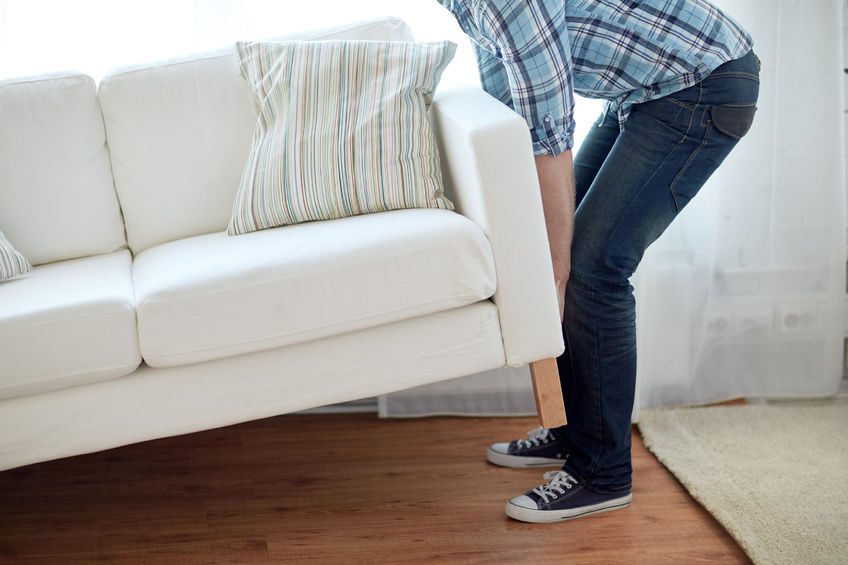Ensuring fragile items and valuable items stay safe during a move requires special care and planning. Here are some tips to protect delicate and high-value belongings during your relocation:
Packing Fragile Items Safely
Fragile items like glassware, dishes, vases, lamps, mirrors, and ceramics need to be packed carefully. Use appropriate protective materials:
- Wrap each item individually: Cushion plates or glass cups with packing paper, bubble wrap, or thick cloth. Make sure no part is left exposed.
- Fill empty spaces in the box: Place crumpled newspaper, foam peanuts, towels, or other padding in any gaps between items. This prevents objects from moving and colliding inside the box during handling.
- Don’t use overlarge boxes: It’s better to use medium-sized boxes for breakables so they don’t get too heavy when filled. Large boxes tend to get overpacked and are harder to carry steadily, increasing the risk of drops.
- Mark boxes as “FRAGILE”: Clearly write “FRAGILE” on multiple sides of any box containing breakables. Use bright markers or fragile stickers. This signals to anyone lifting it to be cautious and not to stack heavier boxes on top.
- In the vehicle: Ask the movers to load fragile-item boxes on top of other items in the truck, not underneath heavy items. Heavy things like books or furniture should never sit on boxes of china. Ideally, fragile boxes are the last to go in (near the door) so they come out first at the new house.
Securing High-Value Items
Valuables such as gold jewelry, important documents, watch collections, laptops, or family heirlooms require extra security steps:
- Carry small valuables with you: If possible, keep high-value small items (like cash, jewelry, personal documents) with you rather than putting them on the moving truck. This reduces the risk of loss or theft during the move.
- Use a locked container or bag: For important documents (property deeds, birth certificates, passports), have a watertight folder or briefcase. Similarly, jewelry can go into a small locked box that stays with you.
- Discreet labeling: If you must pack some valuables in boxes with other items, avoid obvious labels on the box (e.g., don’t write “JEWELLERY” on it). Keep the contents known only to you for safety.
- Consider insurance: Check with your moving company about transit insurance for your items. Most movers offer some moving insurance to cover loss or damage. If your items are extremely valuable (artwork, rare collectibles), it may be worth purchasing additional coverage. Though it’s an extra cost, it provides peace of mind in case the unexpected happens.
Handling Large Fragile/Valuable Pieces
Some items are both valuable and difficult to move – for example, a piano, safe, large antique furniture, or heavy gym equipment. These require special techniques and sufficient manpower to move safely. A few tips:
- Get professional help: Not all regular movers have experience with unusually heavy or delicate pieces. You might need to hire a specialized mover for certain items (e.g., a professional piano mover or safe mover). They have equipment (special dollies, hoisting straps, ramps) and skills to ensure the item and your property aren’t damaged in transit or while navigating doorways.
- Protect corners and surfaces: Wrap the edges of antique wooden furniture with corner protectors or foam. Remove any loose parts (e.g., piano pedals or glass shelves) and pack them separately. The fewer protruding parts, the safer it is to maneuver the piece through doorways.
- Plan the route: Measure the dimensions of large items and your doorways/hallways. Ensure there’s enough clearance to move them out. Sometimes doors may need to be taken off hinges or large furniture might have to go out through a sliding door. Plan this route ahead of time to avoid getting stuck halfway.
- Use moving aids: Don’t rely on brute strength alone. Use flat dollies for heavy safes or dressers. Protect floors with cardboard sheets so dollies don’t scratch them. For upstairs/downstairs moves, equipment like moving straps or a portable ramp can be crucial – this is where expert movers earn their keep.
After the Move: Inspection and Action
Once you arrive at the new home, prioritize unloading fragile boxes first. Inspect the contents (preferably while the movers are still there) to ensure nothing broke. If you find damage, you can immediately address it or file a report if it’s covered by insurance. For valuables, quickly secure them in a safe spot in your new home. Reassemble furniture or pianos carefully – if needed, call in a specialist to fine-tune (e.g., a piano tuner to re-tune a moved piano).Conclusion: Handling fragile and valuable items during a move requires extra attention, but the above steps significantly reduce the risk of damage or loss. A little additional effort in packing and supervision will ensure your cherished belongings arrive safely. With careful preparation, you can move house without any heartbreak – no broken heirlooms, and your treasures remain protected.
reference:
Specialist Movers: Ensuring Security for Your Valuables
How much does it cost to move to a new house in Malaysia?





 MY – EN
MY – EN Singapore
Singapore Indonesia
Indonesia